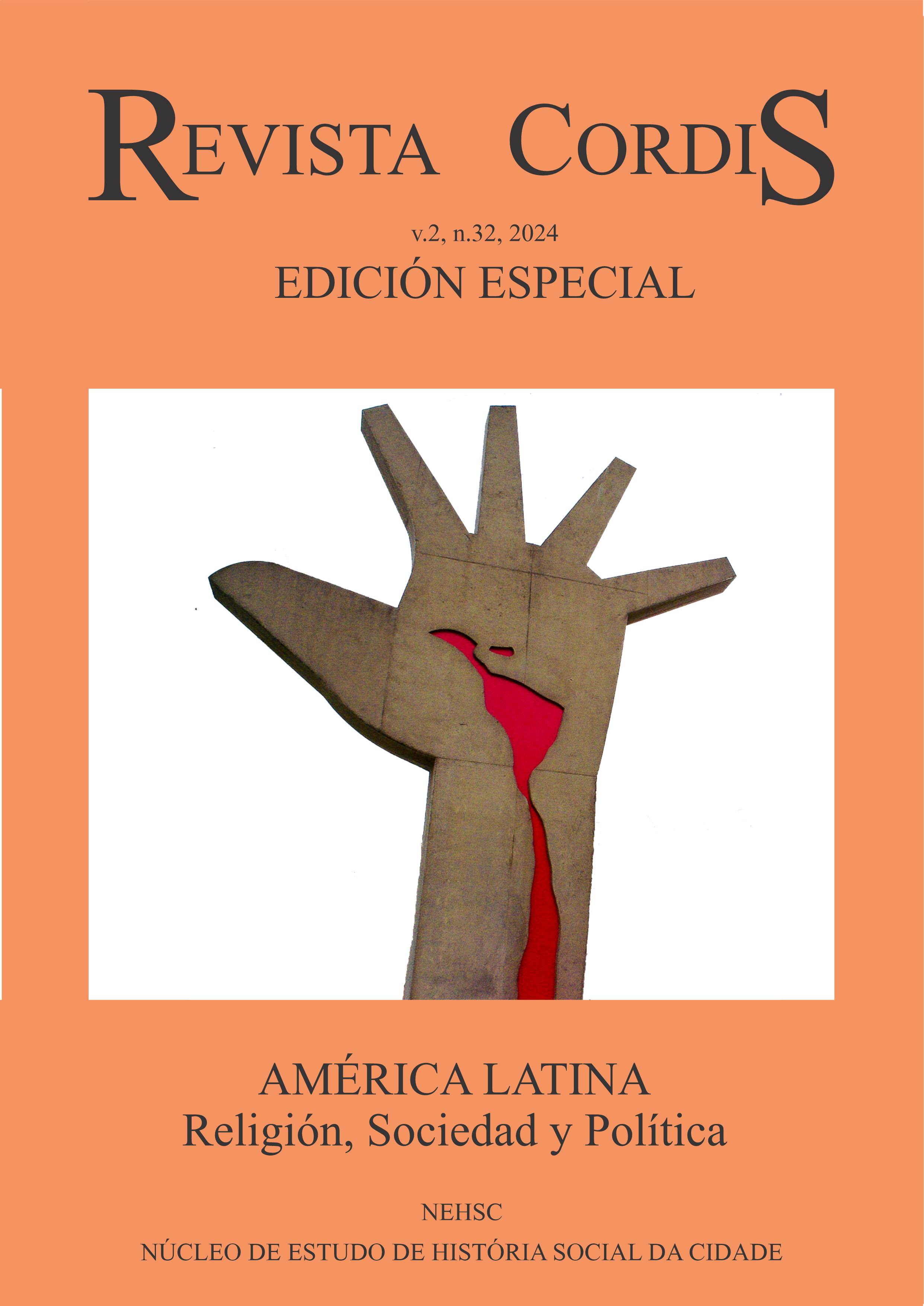Anime consumption in Latin America: a story to tell
A story to tell
DOI:
https://doi.org/10.23925/2176-4174.v2.2024e67613Keywords:
Cultural History, Cultural Consumption, AnimeAbstract
This article provides a comprehensive analysis of the development and evolution of anime consumption in Latin America from the 1960s to the present day. The main purpose of the article is to explore how anime, which originated in Japan, has become a significant cultural force in the region, influencing not only entertainment but also broader aspects of everyday life and cultural identity.
References
ADORNO, T. y HORKHEIMER, M. Dialectic of Enlightenment. Standford University Press, 2002.
ANDERSON, B. Imagined Communities: Reflections on the Origin and Spread of Nationalism. Verso, 1983.
AZUMA, H. Otaku: Japan's Database Animals. University of Minnesota Press, 2009.
BOURDIEU, P. Distinction: A Social Critique of the Judgement of Taste. Harvard University Press, 1984.
CLEMENTS, J., y MCCARTHY, H. The Anime Encyclopedia: A Century of Japanese Animation. Stone Bridge Press, 2015.
CONSALVO, M. Atari to Zelda: Japan's Videogames in Global Contexts. MIT Press, 2012.
FENNELL, D. Piracy, Online Streaming, and the Rise of Legal Alternatives: Case Studies from the Japanese Anime Industry. University of Ottawa Press, 2014.
GARRIDO, S. Music, Nostalgia and Memory: Historical and Psychological Perspectives. Springer, 2014.
GIDDENS, A. Modernity and Self-Identity: Self and Society in the Late Modern Age. Stanford University Press, 1991.
HALL, S. Cultural Identity and Diaspora. In J. Rutherford (Ed.), Identity: Community, Culture, Difference. Lawrence & Wishart, 1990, pp. 222-237.
HESMONDHALGH, D. The Cultural Industries. SAGE Publications, 2007.
JENKINS, H. Convergence Culture: Where Old and New Media Collide. New York University Press, 2006.
LADD, F., y DENEROFF, H. Astro Boy and Anime Come to the Americas: An Insider's View of the Birth of a Pop Culture Phenomenon. McFarland, 2009.
LENT, J. A. Animation in Asia and the Pacific. Indiana University Press, 2000.
MARTÍN-BARBERO, J. Communication, Culture and Hegemony: From the Media to Mediations. SAGE Publications, 1993.
NAPIER, S. J. Anime from Akira to Howl's Moving Castle: Experiencing Contemporary Japanese Animation. Palgrave Macmillan, 2005.
NAPIER, S. J. From Impressionism to Anime: Japan as Fantasy and Fan Cult in the Mind of the West. Palgrave Macmillan, 2018.
PIETERSE, J. N. Globalization and Culture: Global Mélange. Rowman & Littlefield, 2009.
SMITH, P. H. Talons of the Eagle: Latin America, the United States, and the World. Oxford University Press, 2017.
Downloads
Published
How to Cite
Issue
Section
License
Copyright (c) 2024 Matías Alvarado Leyton

This work is licensed under a Creative Commons Attribution 4.0 International License.



